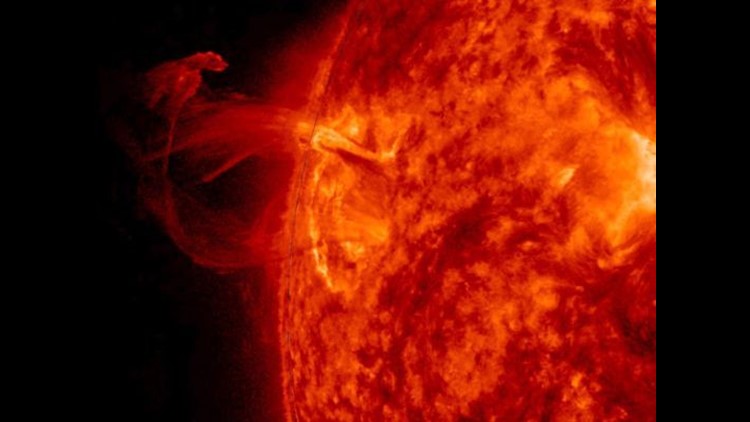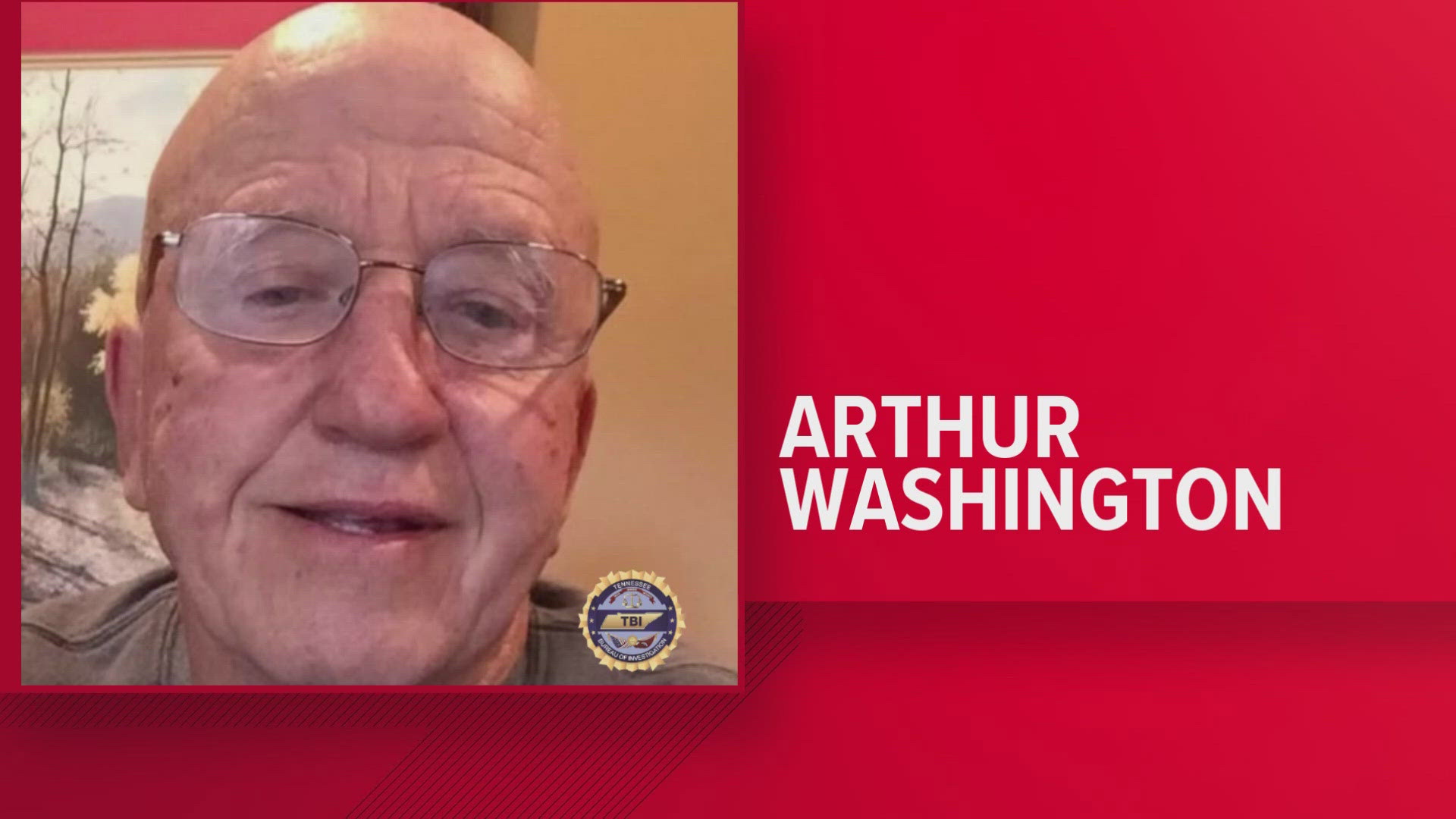NASA announced on Wednesday that the agency's "unprecedented" mission to "touch the sun" will be named after the renowned astrophysicist Eugene Parker, whose work has revolutionized scientists' understanding of the sun.
The mission, Parker Solar Probe, will launch in the summer of 2018 and marks the agency's first mission to fly into the sun's atmosphere. The data collected is expected to improve forecasting of space weather events that impact life on Earth and astronauts in space.
The probe will come within four million miles of the sun’s surface, facing heat and radiation unlike any spacecraft in history, according to NASA. It will explore the sun’s outer atmosphere and make critical observations that NASA hopes will answer decades-old questions about the physics of how stars work.
It's the first time a NASA probe has been named after a living scientist, said Thomas Zurbuchen, who heads NASA Science Mission Directorate.
"Nature has become more beautiful, more complex” because of Parker’s work, Zurbuchen said. "NASA has named spacecraft after about 20 distinguished researchers ... There's a lot more Nobel Prize winners than than there have been (researchers) who have had spacecraft after them."
In the 1950s, Parker developed the theory of solar wind and predicted the spiral shape of the solar magnetic field in the outer solar system. In his groundbreaking paper, Parker, a University of Chicago professor emeritus, posited that a strong wind blows continuously from the sun, filling local interstellar space with ionized gas. The discovery reshaped how scientists perceive space and had enormous impact in helping scientists understand other phenomena.
Parker said the upcoming mission would have been something beyond his imagination when he began his seminal paper, which he recalled faced a great deal of skepticism from colleagues.
"I was simply concentrating on getting the thing published over the dead bodies of the referees," said Parker, who was also honored Wednesday with the NASA distinguished service medal, the highest civilian honor bestowed by the agency.
NASA set July 31, 2018, for the tentative launch of the probe, which is the culmination of 60 years of work, the agency said. The probe will fly by Venus about eight weeks after launch and make its closest approach about 16 weeks into the mission.
Nicola Fox, mission project scientist, said the probe could allow scientists to understand some basic questions that remain unknown, such as why is corona hotter than the surface of the sun.
“Being able to explain why the suns corona behaves the way it does and how the solar wind is formed and how it evolves is really key to putting the most pieces of the puzzle together,” Fox said.



